
ChatGPT:
Here are the etymologies of 10 flowers commonly found in autumn gardens:
- Chrysanthemum
From the Greek words “chrysos” meaning gold and “anthemon” meaning flower, chrysanthemum translates to “golden flower.” This reflects the color of many original chrysanthemum species.
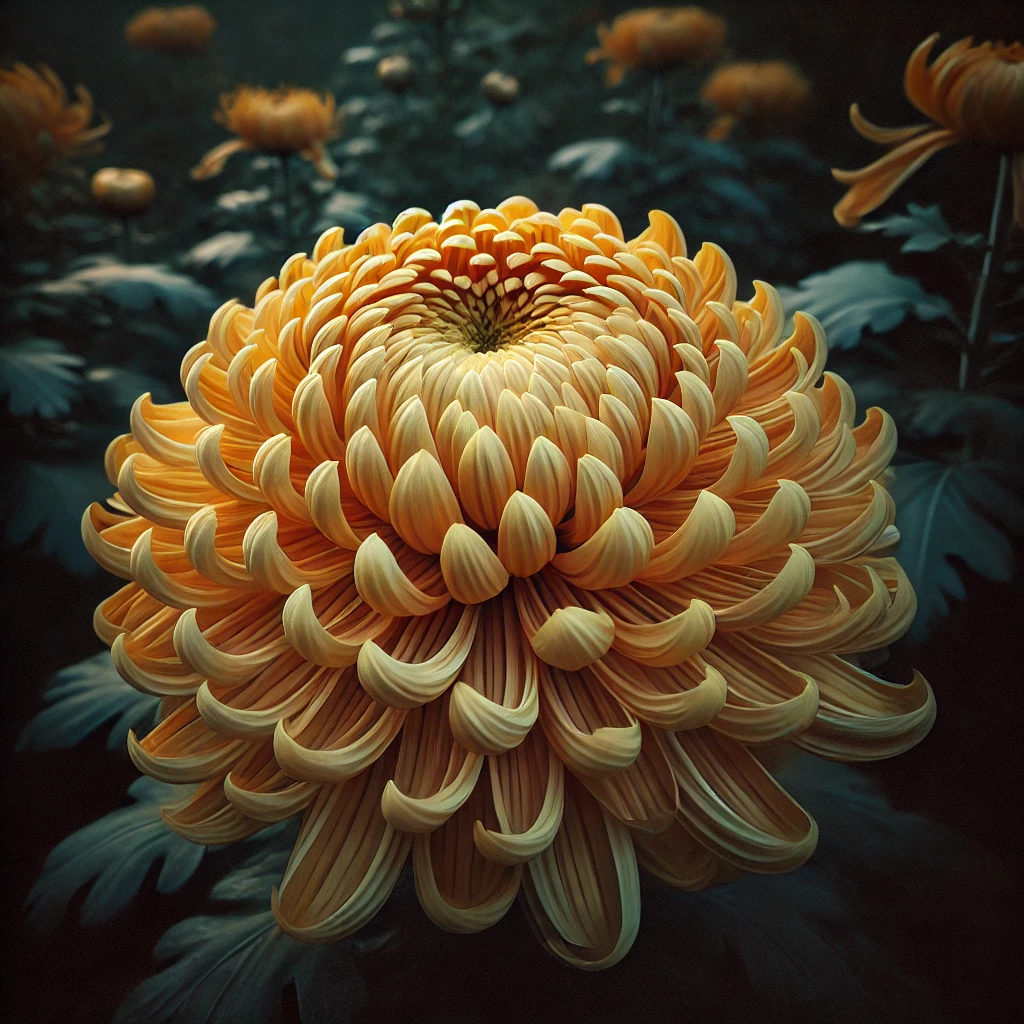
- Aster
Derived from the Greek word “aster,” meaning star, due to the flower’s star-shaped blooms. Asters were often associated with stars and constellations in ancient times.

- Dahlia
Named after Swedish botanist Anders Dahl, the name was first used in the late 18th century. The suffix “-ia” is often used to honor botanists.
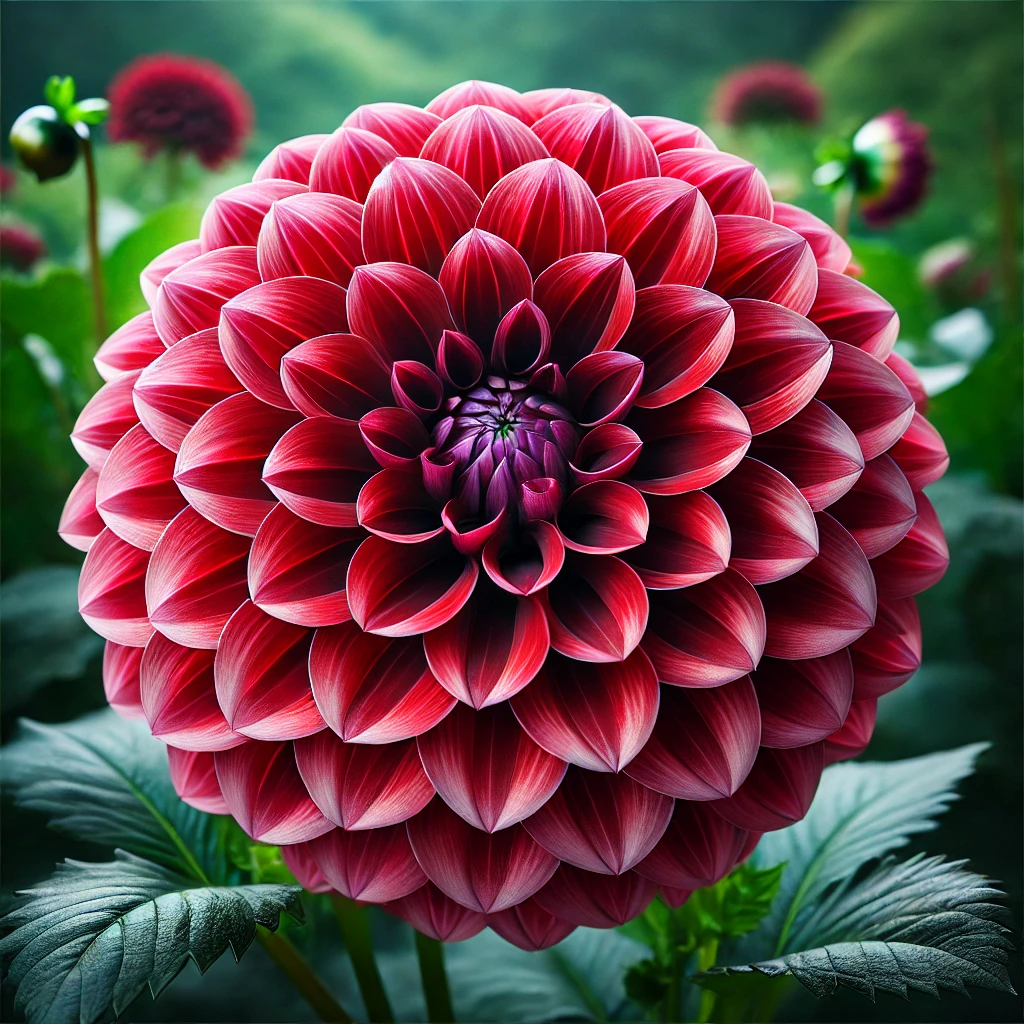
- Sedum
The name comes from the Latin “sedere,” meaning to sit, likely referring to the plant’s habit of sprawling over rocks and other surfaces.
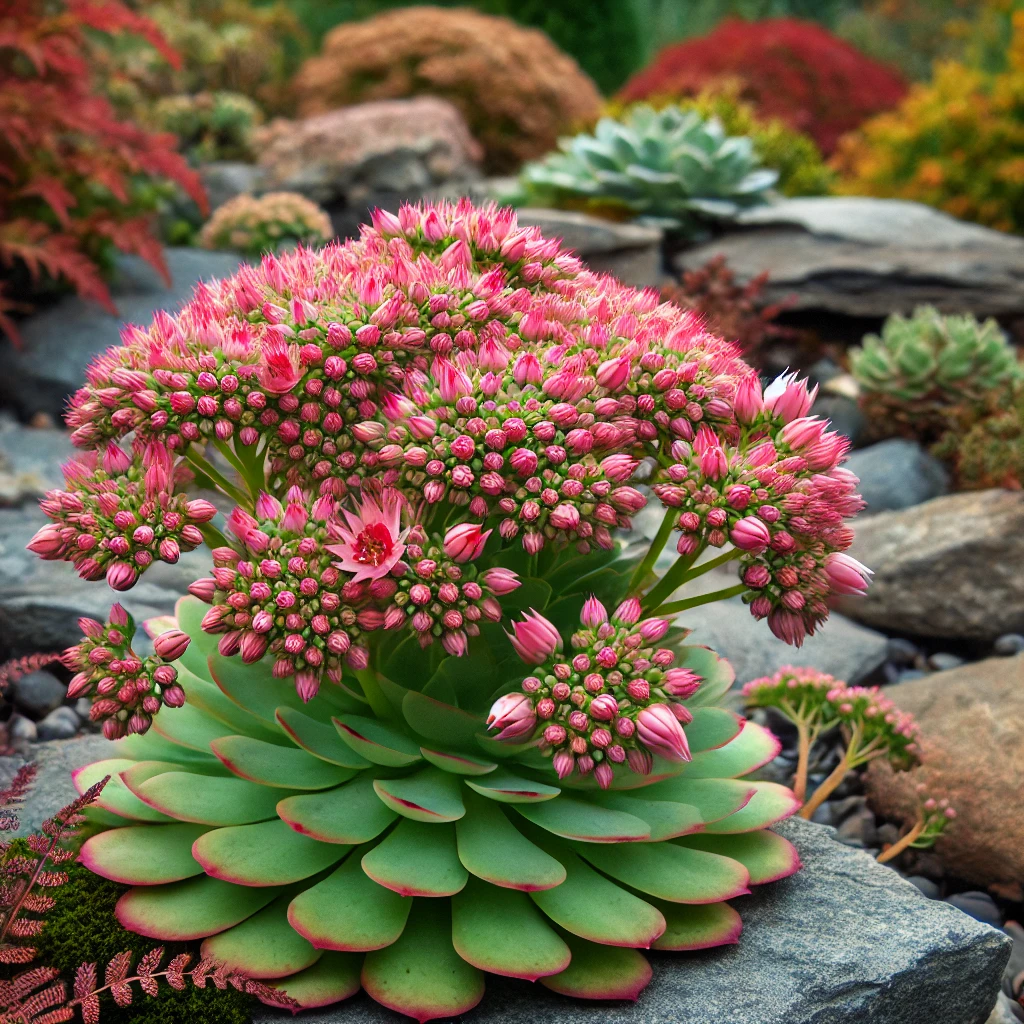
- Anemone
From the Greek “anemos,” meaning wind, as the flowers are often delicate and easily swayed by the wind. Anemones are sometimes called “windflowers.”

- Rudbeckia
Named after Olof Rudbeck, a Swedish botanist and a mentor to Carl Linnaeus. The “-ia” suffix is again used to honor this botanist.
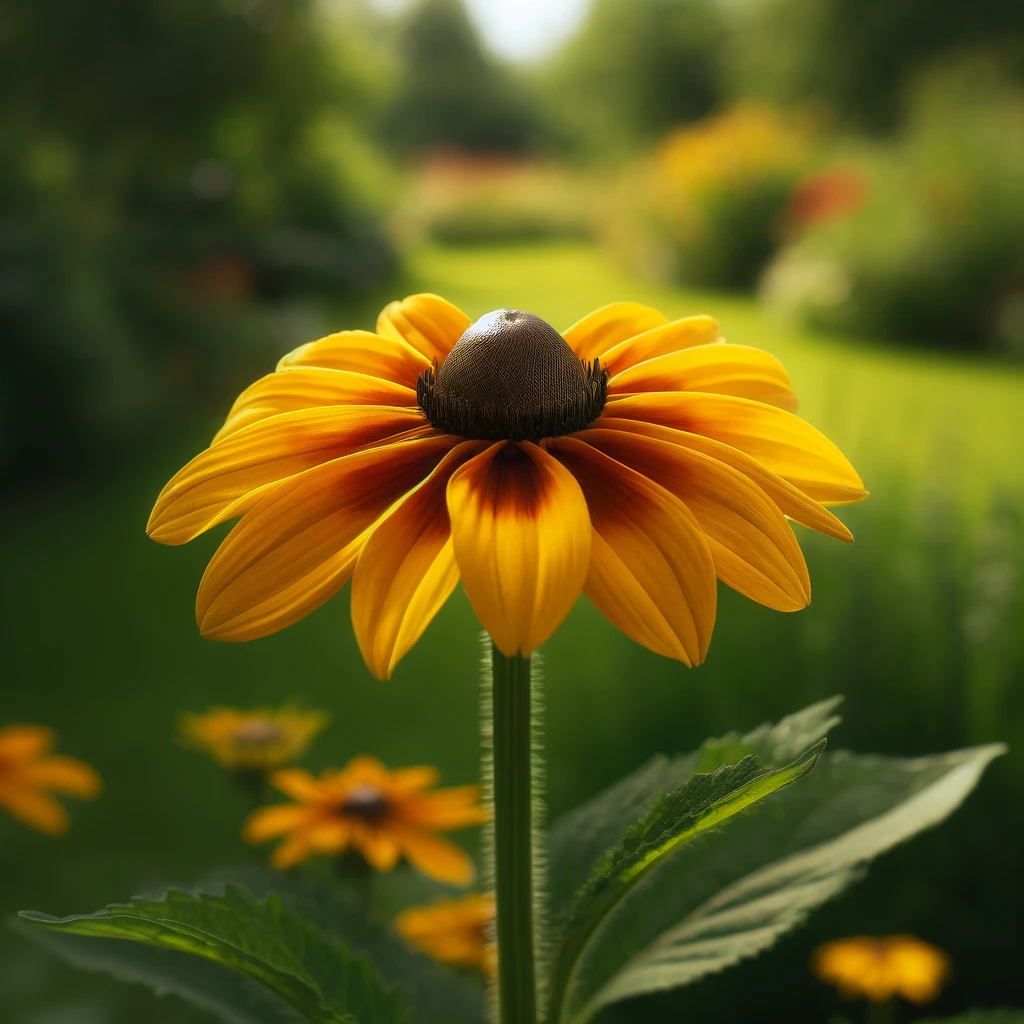
- Helenium
This flower’s name is derived from Helen of Troy in Greek mythology. It is said to have grown where her tears fell, and the genus was named in her honor.

- Coreopsis
From the Greek words “koris,” meaning bug, and “opsis,” meaning view, due to the seeds’ resemblance to small bugs. It is also commonly known as tickseed.

- Goldenrod
From the Old English words “golden” and “rod,” describing the flower’s bright yellow color and tall, rod-like stalks.

- Japanese Anemone
This variety of anemone was named after its origins in Japan. The term “anemone” carries the same Greek root meaning “windflower,” and this variety was first introduced to Western gardens from East Asia.
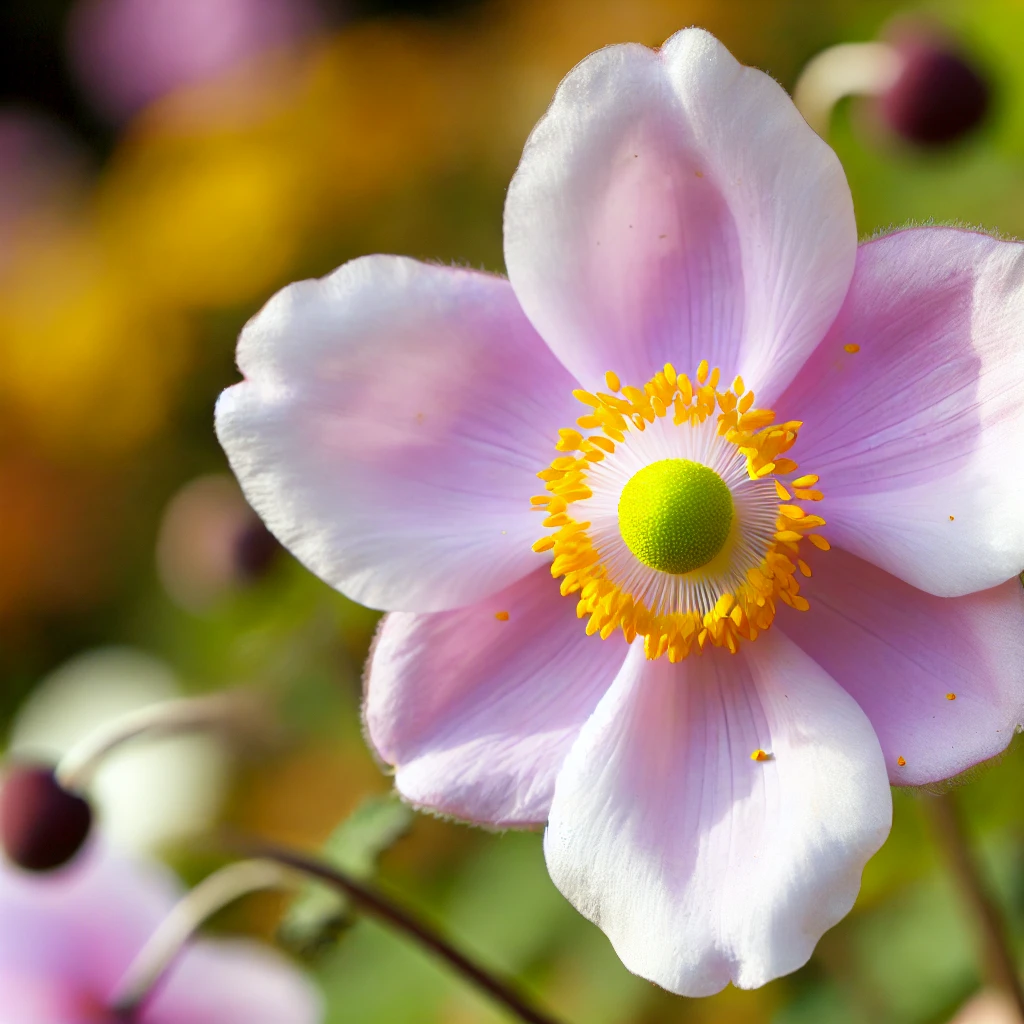
These flowers reflect a mix of mythological, descriptive, and honorific roots, showing the blend of history and botany in plant names.
